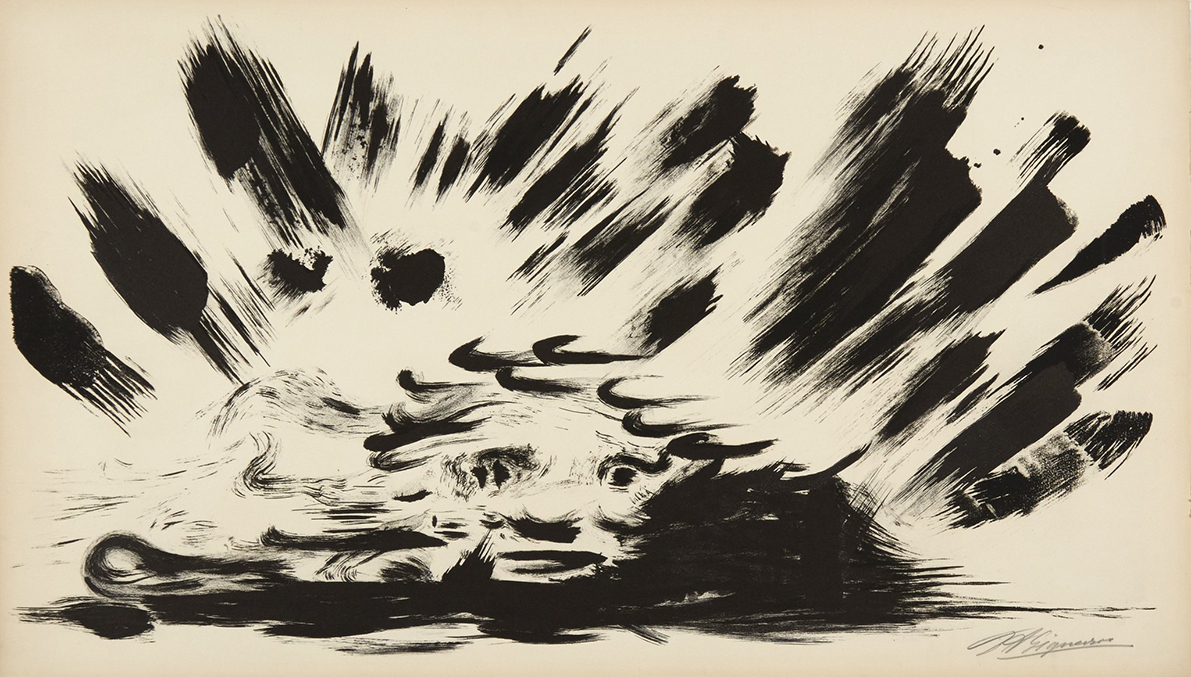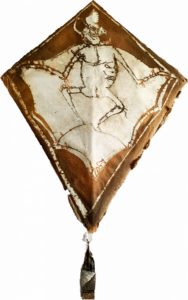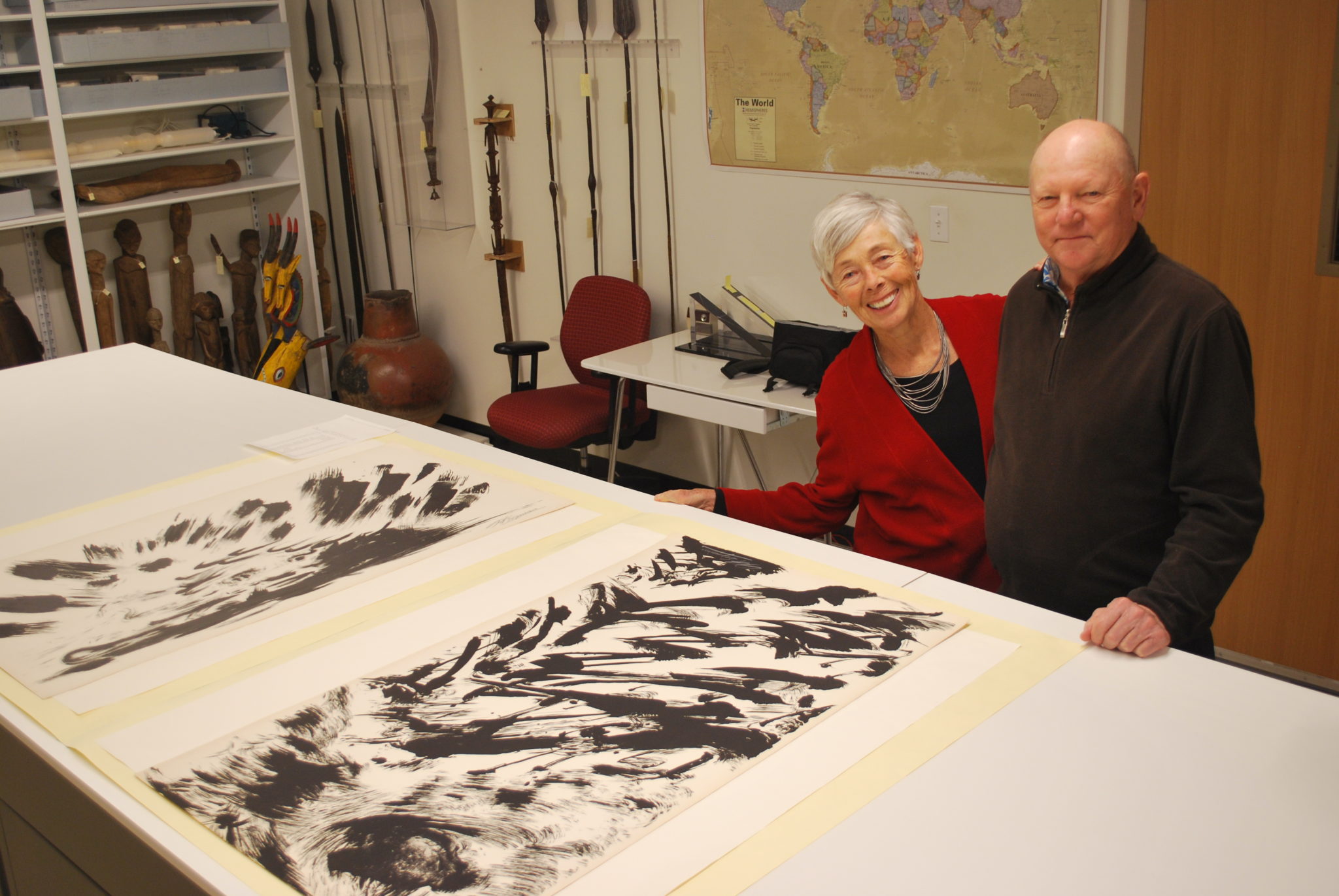
The Gregory Allicar Museum of Art (GAMA) at Colorado State University is proud to announce Glorioserías: The Body in Late Twentieth Century Mexican Art, an upcoming exhibition that explores Mexican identity through distinctive representations of the human body. Glorioserías is curated by visiting scholar Álvaro Ibarra (Utah State University) and features eleven Mexican artists whose works embody a grotesque realism that viewers will find both familiar and alien. The exhibition will be free to the public and on view in the Griffin Foundation Gallery from Oct. 9, 2021, to April 10, 2022.
The term “gloriosería” was coined by Ibarra from the Spanish word for glory (“gloria”) with grosería (meaning “a vulgarity”) to mean “an exalted vulgarity.” The expression reflects how modern Mexican artists have grappled with grotesque realism — an artistic genre that brutalizes, exaggerates, and glorifies the bodily form — as a subversive method for negotiating personal and cultural identity, for presenting social critiques (especially of historical disenfranchisement under colonialism), and for offering new perceptions of fundamental humanity.

About Álvaro Ibarra
Exhibition curator Álvaro Ibarra holds an M.A. and a Ph.D. from the University of Texas at Austin and is a Temporary Assistant Professor at Utah State University. He specializes in the art, architecture, and archaeology of ancient Greece and Rome as well as modern to contemporary art from Latin America, with a concentration on Mexican, Chicano, and Latina/o/x.
“I feel privileged to curate work by such important artists as Rufino Tamayo and José Luis Cuevas [for Glorioserías],” Ibarra said. “I hope the exhibition provides a new lens for the consideration of figuration and for the persistence of grotesque realism in Mexican modern art.” Ibarra will offer further context for the genre during a free Curator Lecture to be held in conjunction with the exhibition on Oct. 28, 2021, at 5:30 p.m. in the Griffin Foundation Gallery. A reception sponsored by Hixon Interiors will follow.
The participants

Presented alongside Cuevas and Tamayo in Glorioserías are artists Arnold Belkin, Enrique Chagoya, Vladimir Cora, Francisco José de Goya y Lucientes, Rodolfo Nieto, Antonio López Sáenz, Alejandro Santiago, David Alfaro Siqueiros, and Francisco Toledo. The works in the exhibition are drawn from the private collection of Dale Pruce and Leslie Walker and from GAMA’s permanent holdings, which have strengthened since the establishment of the Dale Pruce and Leslie Walker Latin American Art Acquisition Fund in 2018.
“The museum is beyond grateful to Dale and Leslie for making this exhibition possible, both through the loan of so many important works of art from their extraordinary collection and for establishing the [Latin American Art Acquisition Fund] that has added such richness to the museum’s collection,” GAMA Director and Chief Curator Lynn Boland said. “University museums wouldn’t exist without supporters like them, and their generosity is a boon to the community.”
Support for Glorioserías: The Body in Late Twentieth Century Mexican Art has been generously provided by the FUNd Endowment at CSU, the City of Fort Collins Fort Fund, Colorado Creative Industries and the Lilla B. Morgan Memorial Endowment, a premier supporter of arts and culture at CSU.
About the museum
The Gregory Allicar Museum of Art invites individuals to engage with art and each other to inspire fresh perspectives and wonder. The museum is a catalyst for visual literacy and critical thinking that instills a passion for learning. For updated museum information, go to www.artmuseum.colostate.edu.